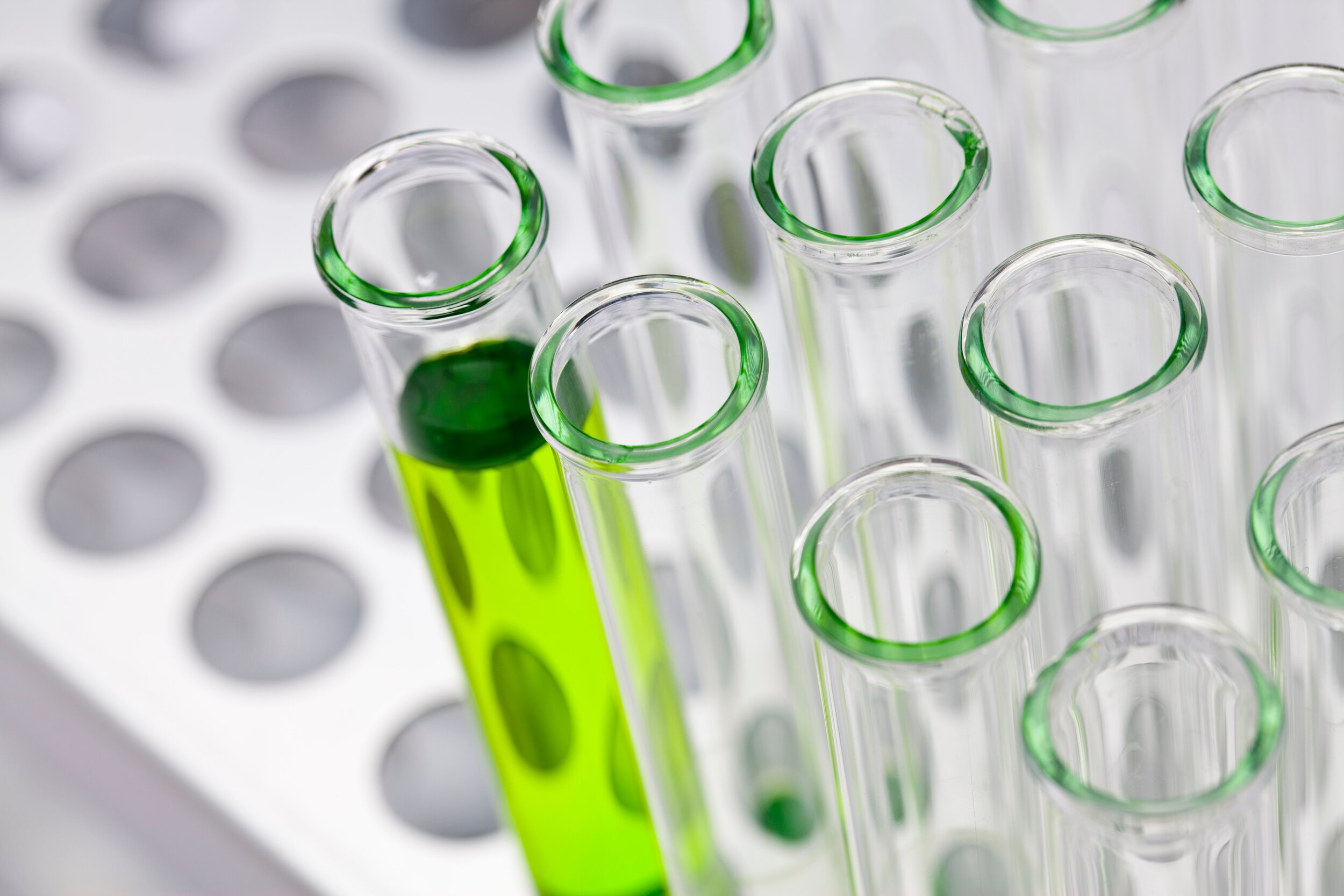The Southern California Coastal Water Research Project (SCCWRP) and the Orange County Sanitation District recently announced that as of December 2019 they had completed the first year-long phase of monitoring the effect of constituents of emerging concern (CECs) in treated waste water effluents. The research included the use of bioanalytical screenings, specifically bioassays that tested for the presence of bioactive contaminants within water samples.
What makes bioanalytical screenings of interest are their sophisticated yet targeted approach to screening recycled water. Rather than requiring laboratory professionals to test for each individual contaminant to determine presence and approximate risk, bioassays screen for total bioactivity for a given pathway or mode of action, allowing analysts to characterize potential cumulative effects on the organisms without necessarily needing to know all the components of the samples. They are a meaningful counterpart to common testing methods, as they account for the fact that contaminants often work together additively, synergistically, or antagonistically to produce an effect that is harmful to humans and the environment.
Over the last several years, the presence of CECs—such as endocrine disruptors and estrogenic compounds—have become a growing concern within aquatic environments and recycled water systems. Although previous studies have indicated that the levels of chemicals within these systems are moderate to low, the SCCWRP has continued its research on CECs in California’s waterways to better understand the effect they can have on human health and wildlife reproduction. In addition, the Science Advisory Panel for Recycled Water has continued to oversee and adjust the approach on CEC monitoring by prioritizing contaminants it believes pose a higher risk.
Currently, the SCCWRP and State Water Board have made a lot of progress in working to incorporate the use of bioanalytical screenings into routine recycled water testing. In 2020, California’s State Water Board plans to conduct a study over the duration of three years, focusing on the use of two bioanalytical assays: the estrogen receptor assay and the aryl hydrocarbon receptor assay. With a wide detection range, these assays seem to be the most effective method to screen for common responses at the cellular level. California is currently the first and only state in the country to apply for the use of bioanalytical screening in water-quality management.
Moving forward, the Water Board plans to advise recycled water systems on their development of proper procedures and quality assurance of screening. This includes making sure that complying laboratories are fully equipped and properly trained on the use of the assay technology, as well as the interpretation of the analytical data.
With California’s growing population and drought-ridden climate, the state relies heavily on the reuse and recycling of its water. Therefore, the development and validity of bioanalytical screening as a method for testing of CECs within our water systems is critical to ensuring the health and safety of our communities.

